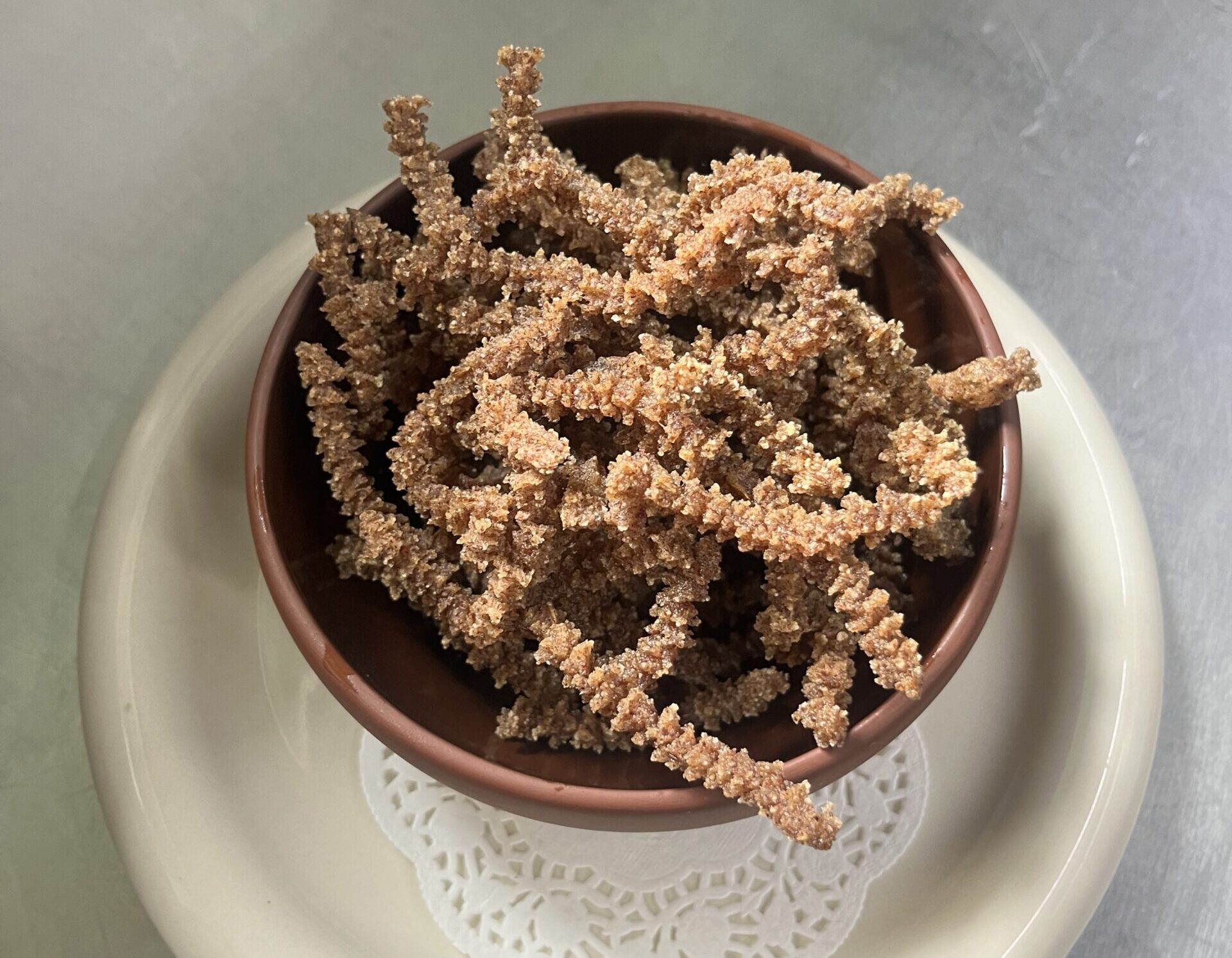
| Ragi (finger millet) flour | 1 cup |
|---|---|
| Pathiri rice flour | 1 cup |
| Cumin seeds | 1 teaspoon |
| Red chilli powder | 1 teaspoon |
| Hing (asafoetida) | a pinch |
| Salt | to taste |
| Water, warm | 1 cup |
| Refined vegetable oil | 1 cup |
What You Will Need
Mixing bowls, a murukku press with a star-shaped or three-holed plate, a kadhai or pan for deep-frying, a slotted spoon, paper towels, measuring spoons and cups, a small pot.
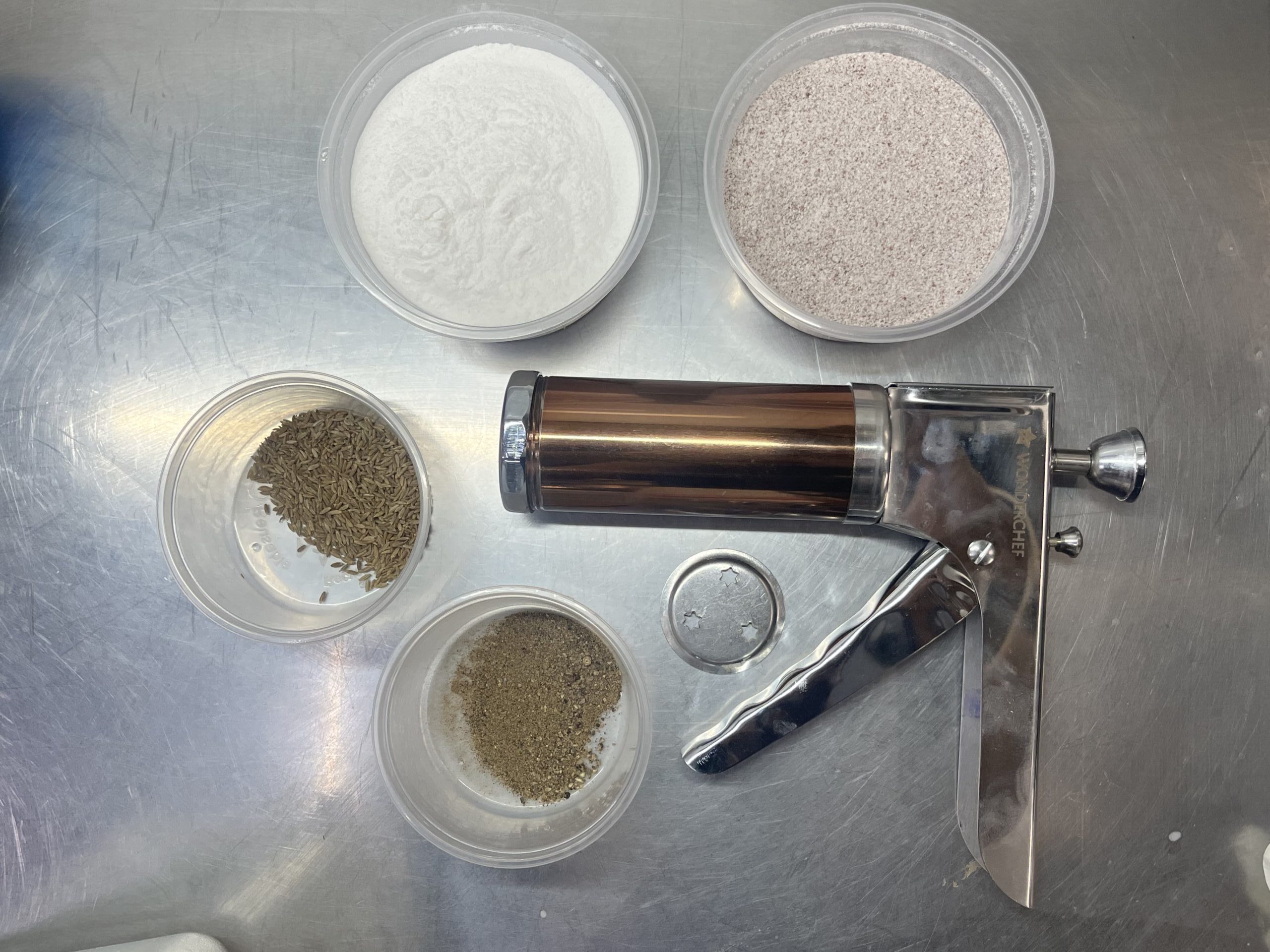
Instructions
In a large mixing bowl, combine the ragi flour, rice flour, cumin seeds, red chilli powder, asafoetida, and salt. Mix well.
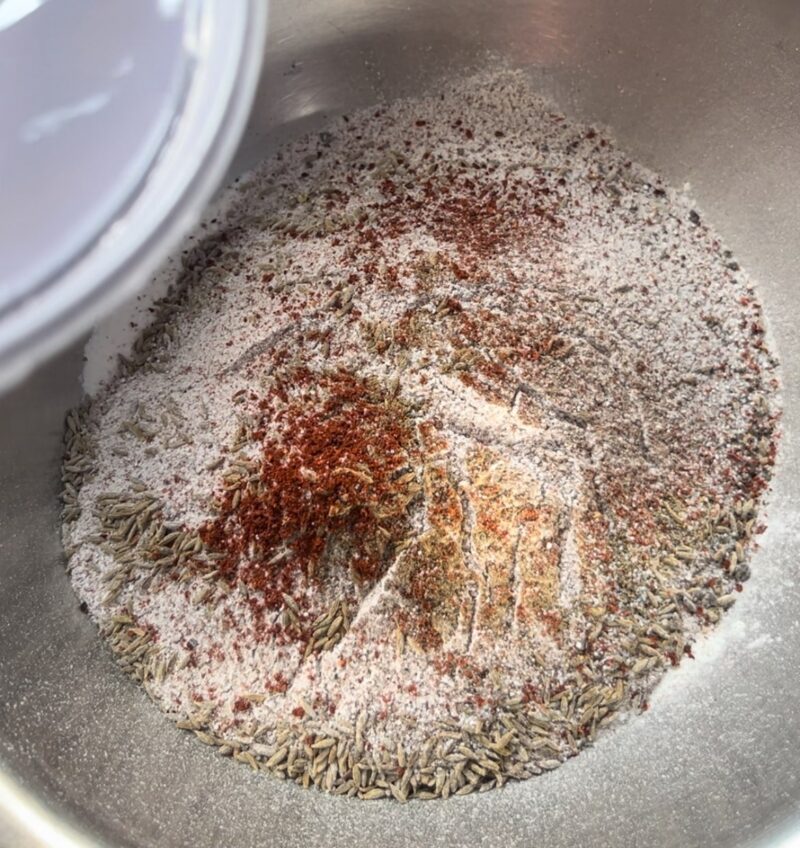
Heat the water in a small pot. Once it becomes warm, gradually add it to the dry flour mixture and knead into a smooth, soft dough. Ensure the dough is neither too sticky, nor too dry.
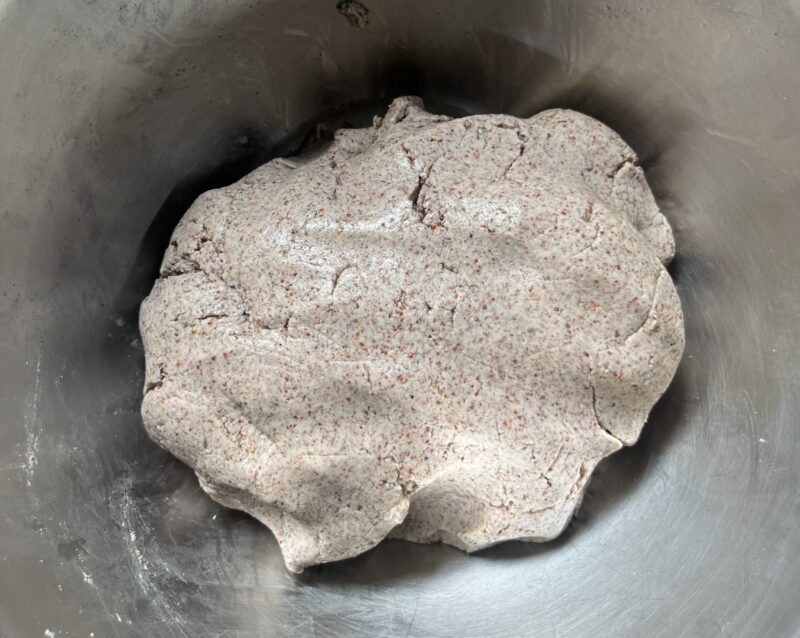
Heat the oil in a deep kadhai over medium-high heat. To check if the oil is ready, drop a small piece of the dough into it. It should sizzle and rise to the surface immediately, without turning brown too quickly.
Grease the inside of the murukku, press lightly with oil and affix the star-shaped or three-holed plate. Fill the press with a portion of the dough.
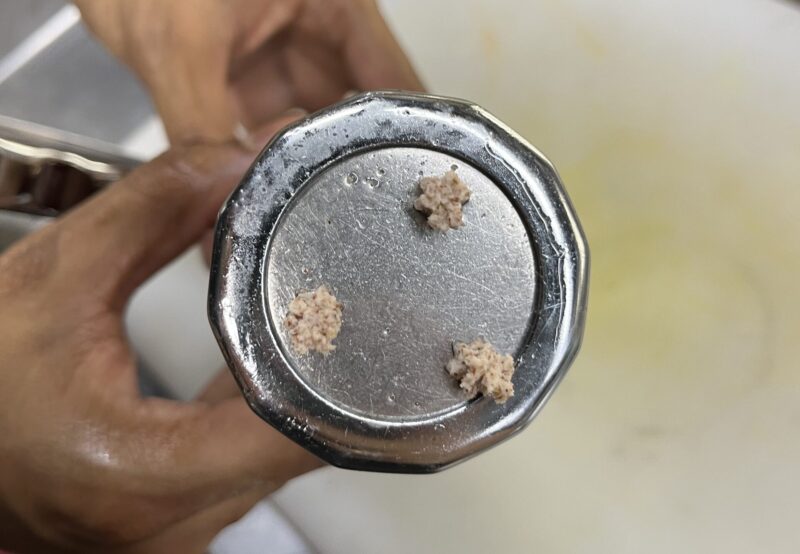
Press the dough onto a greased plate or directly into the hot oil, forming spirals. Keep the spirals small to ensure even frying.
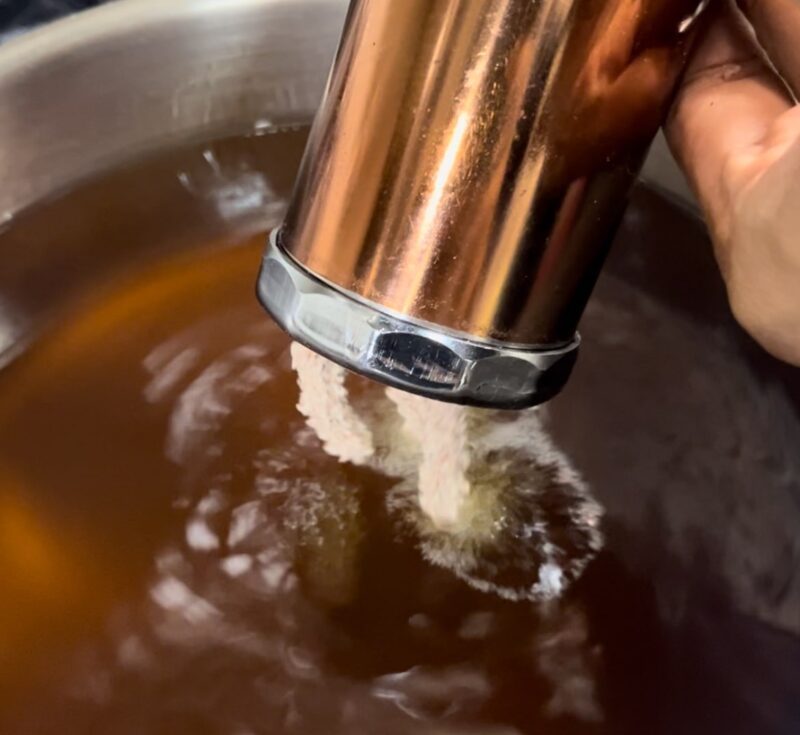
Fry a few murukkus at a time on a medium-high flame in the hot oil. Avoid overcrowding the kadhai.
Continue frying until the murukkus turn golden brown and stop sizzling, approximately 5 to 6 minutes for each batch, depending on the size of the batch. Use a slotted spoon to remove them and drain on paper towels.
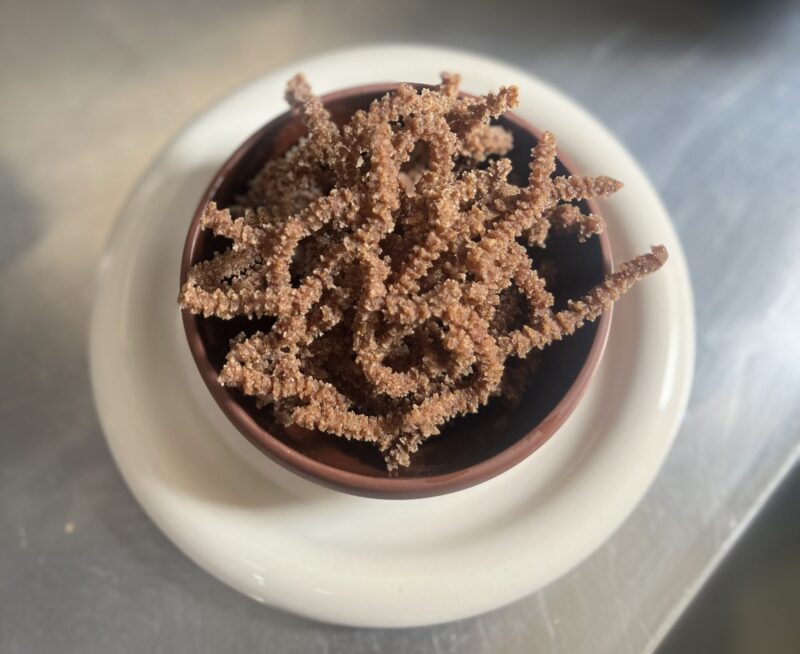
Let the murukkus cool completely before storing them in an airtight container, so they retain their crispness.
Tips:
- Knead the dough just before frying to avoid drying it out. If it hardens, sprinkle a teaspoon or two of warm water and knead again.
- Adjust the heat while frying to ensure the murukkus fry evenly without getting burnt.
- If the dough breaks while shaping it as it moves out of the press , add a few drops of water and knead it again to make it pliable.
- The variety of rice flour in this recipe is usually used for making appam and idiyappam. Its holding power is better than regular rice flour.
- If you prefer to make the rice flour at home, soak the rice for 6 to 8 hours. Drain the water, and dry the rice over a cloth until all the moisture is gone, similar to making millet flour. Then grind the rice to a fine flour. This can be stored in an airtight container for a longer shelf life.
Variations:
- Add crushed curry leaves to the dough for added flavour.
- Replace the cumin seeds with carom seeds (ajwain) for a different flavour profile.
- Use coconut milk instead of water while kneading the dough for a richer taste.
Anuraag Srikanth was previously a Cooking Lab volunteer at the Millet Revival Project. He is a line cook at Otra, a contemporary Latin American restaurant in Mumbai. Anuraag enjoys experimenting with local ingredients to create exciting new dishes while preserving their cultural essence.
You must be logged in to rate this recipe.

Sign in with email
